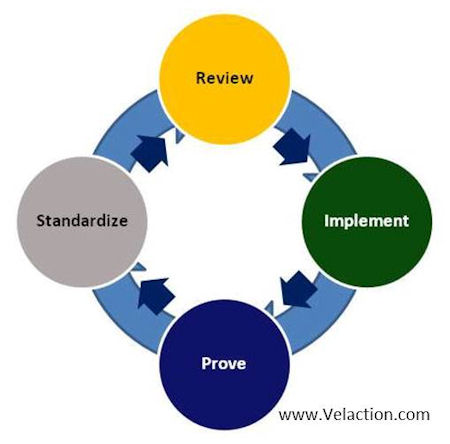Lean Blog-Gotta Go Lean Podcasts
Talking Lean (Episode #1, 6-14-2013)
Welcome to Episode 1 of “Talking Lean” with Jeff Hajek (me) and Tim McMahon (from the “A Lean Journey” blog). This show is intended to be a buffet of Lean bites. Tim and I both have a variety of features that we regularly post on our websites. Unfortunately, great content such as this can get lost in a sea of Lean noise.

